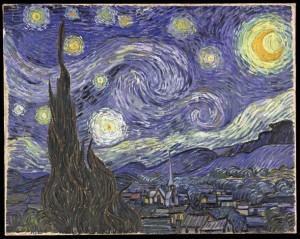SDSU astrophysicist Fridolin Weber developed a model that predicts deconfined, or free, quarks can exist within the super-dense insides of a neutron star.

You can’t see them, but everything inside of you and around you is full of quarks—elementary particles which constitute matter’s most fundamental building blocks. The quarks are generally bound up into composite particles such as neutrons and protons. Solitary quarks by their lonesome don’t exist in nature. Unless, that is, you happen to live inside a neutron star. San Diego State theoretical astrophysicist Fridolin Weber has uncovered new evidence that such lonesome quarks, known in the physics world as deconfined quark matter, may indeed exist deep in the belly of neutron stars. Weber, along with SDSU postdoctoral fellow Milva Orsaria, Brazilian physicist Hilário Antonio Rodrigues Gonçalves, and Argentinian physicist Gustavo Contrera, developed a theoretical model for the formation structure of neutron stars that takes into account a variety of different state-of-the-art theories on how quarks interact with various other particles under extreme densities.

